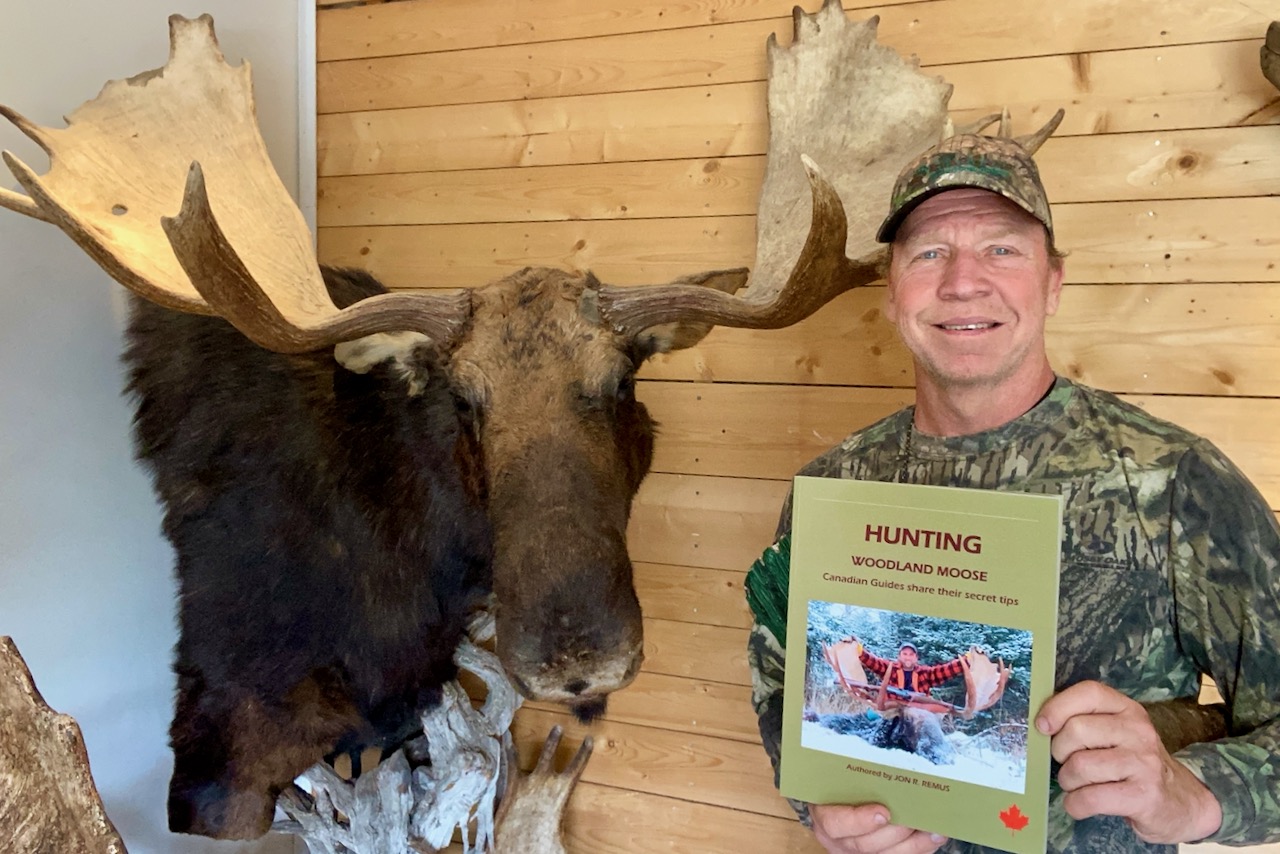BEST BULL BETS
Fall tactics from the man who wrote the book on moose hunting
Advertisement
A long-time hunting guide and outdoor personality, Thunder Bay, Ontario’s Jon Remus takes both science and his personal experience into account when scouting and hunting. “If you keep your mind, ears and eyes open on every trip outdoors, you’ll definitely learn something new every time,” says the host of YouTube’s Venture North Outdoors Show.
Recently, the 58-year-old published the book Hunting Woodland Moose: Canadian Guides Share Their Secret Tips, a compilation of top moose-hunting tactics. We asked him to share his own top secrets for hunting big fall bulls.
Advertisement
SCOUTING
One of the keys to moose-hunting success is year-round scouting, says Remus. “I love the old football coach saying that luck is where preparation meets opportunity,” he says. “Is it luck that you’re in the right spot at the right time because you did the right scouting and found the most active moose track? No.”

Remus recommends using Google Earth to virtually “fly” over the area you’re planning to hunt, then casting a wide net to get intel from various sources. “All summer long, ask fishing outfitters, road construction crews, fishermen and pilots where they’ve seen cows feeding,” he says. “Cows bring the earliest, prime bulls.”
Advertisement
HABITAT
According to Remus, the best spots to hunt prime bulls are back bays, in particular where they empty into creeks lined with golden grass as they flow into mixed hardwood forests. Areas recovering from wildfires are also very productive. “If you want some of the most fantastic moose hunting ever, go to a seven-year-old forest fire area,” he says, adding that such regions are productive because of new tree growth, especially poplar. “When the trees reach 12 to 14 feet high, they’re still only three inches in diameter. I call them jail bar poplar because they look like jail bars. Still, they provide full cover for the moose, and every one of those trees is a food source.”
CALLING
The biggest mistake hunters make is to not impart a sense of emotion in their calls, Remus says. “They listen to an instructor or tape or read about sounding it out, but the emotional part of it is the wavering, the change in how much air you push out,” he says, noting many hunters will achieve a certain tone, then simply hold it, leaving out the emotional wavering. “If I’m the cow and I’m exposing myself to my enemies—the wolves, bears or mountain lions—I’m letting you know I’m not in heat for four months,” Remus says. “There’s an urgency to their call.” At the same time, you should start off with soft and quiet calls. “Whether it’s a dawn or dusk sequence, you don’t get louder and louder, then go home,” he says. “It’s a climax up and down over a period of time.”
Learn more about Jon Remus and his new book at www.venturenorthoutdoors.com.
